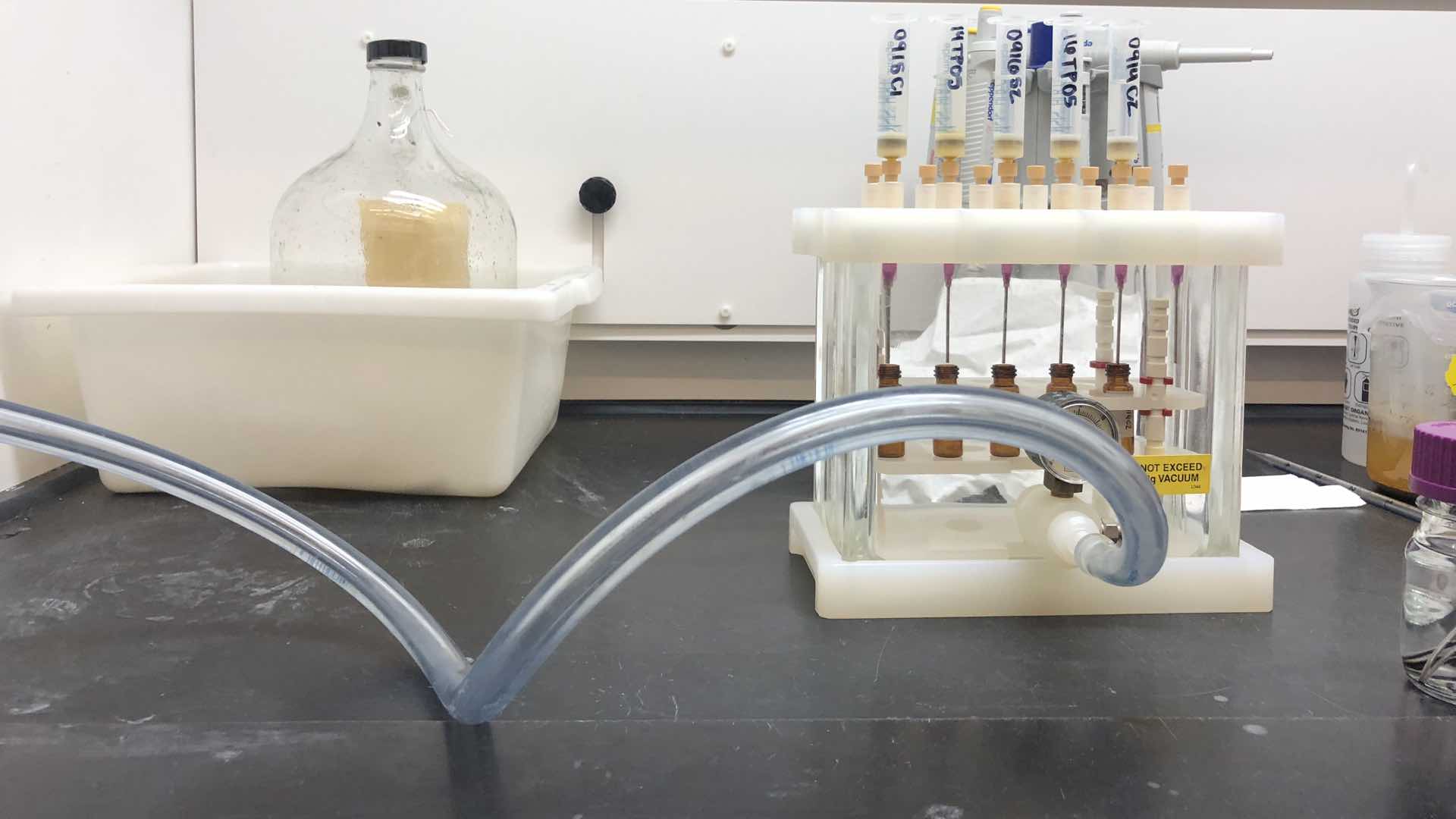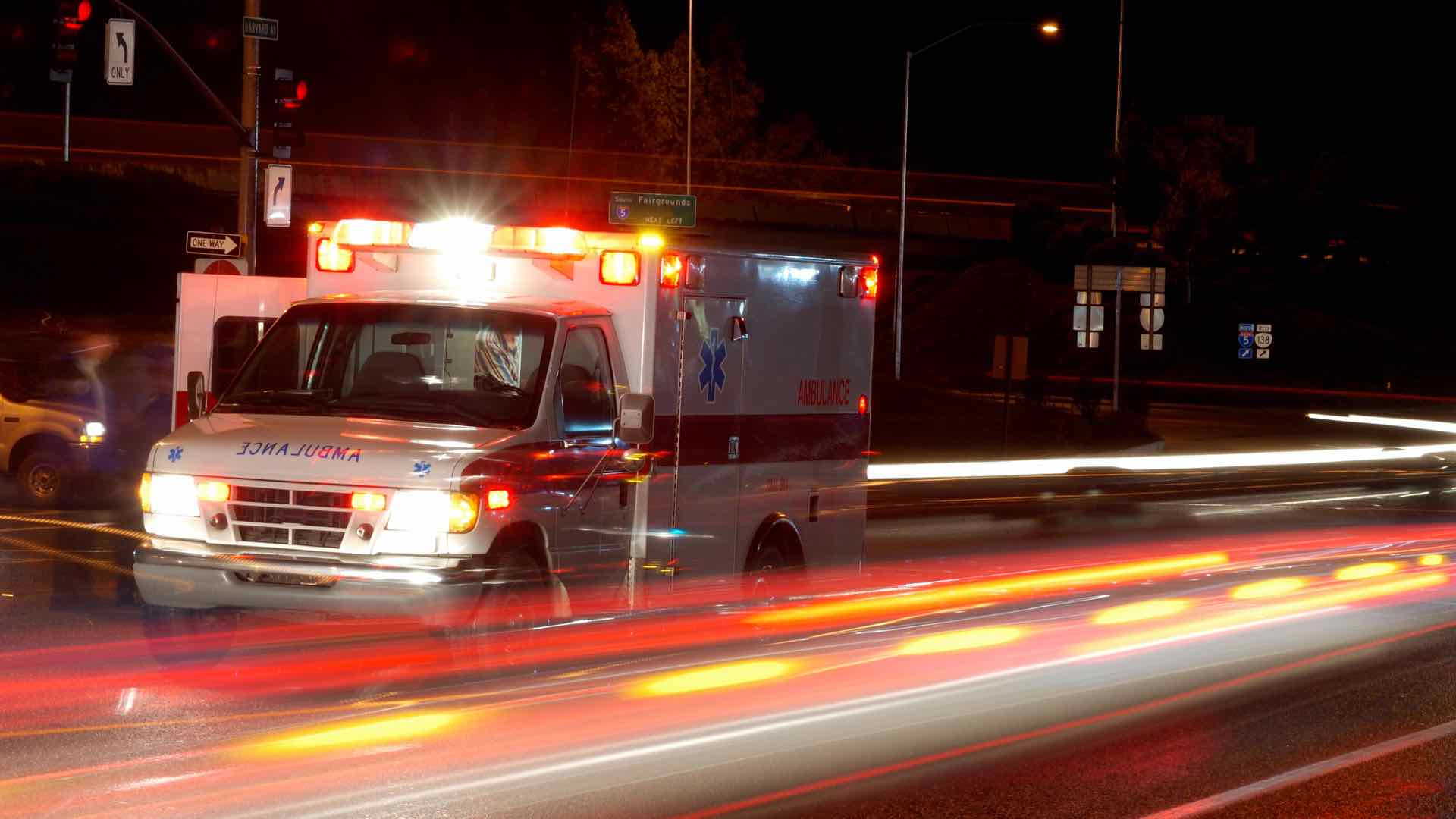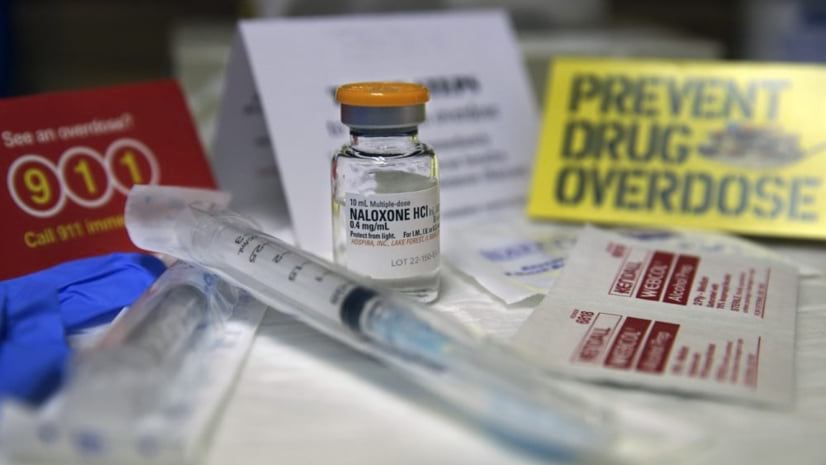
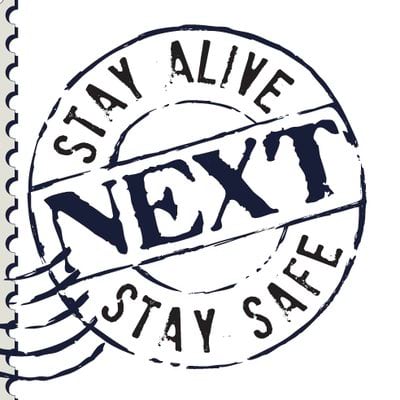
We're working with other needle exchange programs to better target their geographic areas.
October 29, 2019

As the nation’s opioid epidemic claims an average of 130 American lives every day, clinics and other medical services stand ready to help. But many drug users don’t seek treatment partly because of the stigma that follows addiction, according to the American Medical Association (AMA).
“Society too often tags people with substance use disorders as having character flaws or a moral failure,” said Dr. Patrice Harris, AMA chair, who cites this perception as an obstacle to effective treatment. Harris describes opioid addiction as a medical illness and brain disorder that results in a chronic medical condition.
This is not news to the workers at NEXT, an online and mail-based harm reduction platform designed to reduce opioid overdose death, prevent injection-related disease transmission, and improve the lives of people who use drugs.
NEXT stands for Needle EXchange Technology and the nonprofit harm reduction organization provides two online and mailing distribution services. One is the NEXT Naloxone project, which distributes the overdose-reversing drug. Two is NEXT Distro, which provides drug users with sterile injection equipment, naloxone, sharps containers, and a host of health and educational resources. It also recommends trusted health providers who can keep them safe and help them recover.
People with opioid addiction may reuse a syringe up to 20 times, a practice that spreads infectious diseases such as HIV and hepatitis C. To combat this, NEXT Distro distributes clean injection equipment. Its network of partners support communities by providing syringe access and exchange services. Online services help the coalition further its mission.
“Harm reduction, as a model and a philosophy, needs to reach people who may not be at the stage of pursuing treatment or abstinence,” said Carol Yang, NEXT Distro program director. “It addresses unsafe drug supply.”
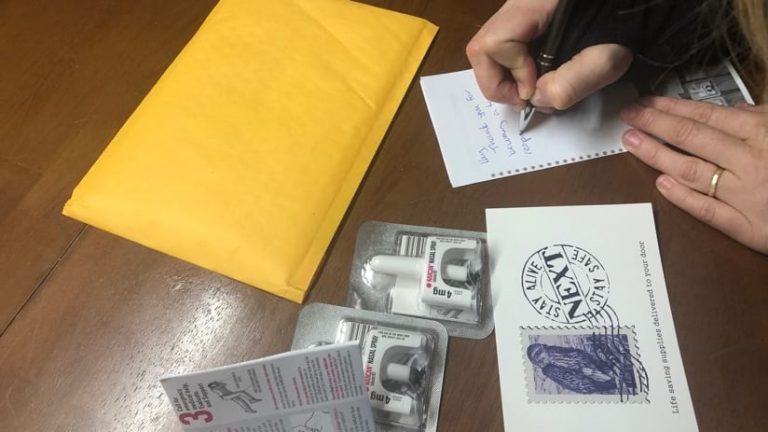
Resources and Peer Advice
Not every drug user wants medication-assisted treatment, in-person rehab clinics, or health department services. However, upon receiving NEXT Distro services, drug users often become more willing to seek a path to wellness. The online service is a safe place for them to learn about recovery options. Its nonjudgmental environment gives those with substance use disorder the freedom to think objectively about the risks their drug use poses and get advice.
Yang shared an example of a father who thought he had recovered from his opioid addiction. Unfortunately, he had a relapse and was ashamed. For many months he had disconnected himself from his wife and two small children. They had no idea what he was doing or if he was alive.
Searching the internet for syringes, the man found NEXT Distro. Chatting with the online community helped him process his feelings of shame and shrug off the stigma of addiction. He soon reconnected with his family and began moving toward recovery.
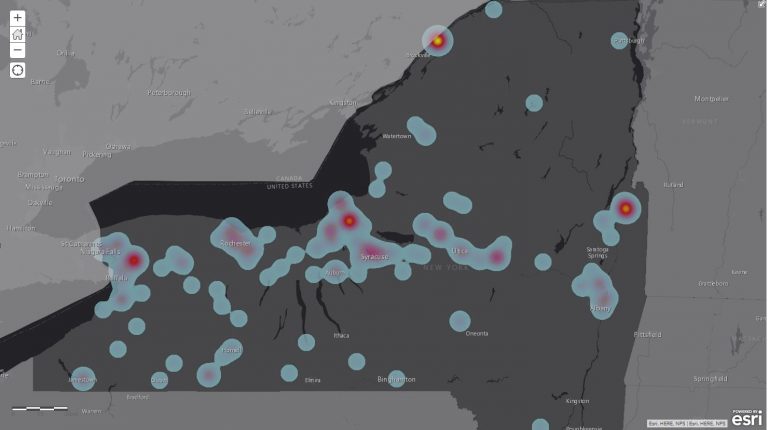
Filling Gaps in Service
A significant component of NEXT Distro’s work is ensuring that individuals understand medical and treatment options in their communities. It uses location technology to see where services are offered and their proximity to people who need them.
“When a person reaches out to us, obviously we need to know where they’re from so that we can send them supplies,” explained Yang. “We use this information to see if they’re from a city or near a county where we know there’s a robust syringe exchange program or a trusted harm reduction program.”
Mapping clients’ locations alongside addresses of partners in NEXT Distro’s database shows the proximity of clients and resources. To locate and reach both local and rural communities, NEXT Distro staff use a geographic information system (GIS) that includes visualization and access to Esri’s vast data collection. They also use GIS maps to identify areas of greater need.
“We’ve been using smart maps to emphasize the clusters of NEXT participants in their vicinity to facilitate the expansion of services because we always believe that in-person services are best,” explained Jamie Favaro, the founder of NEXT Distro. “We’re working with other needle exchange programs to better target their geographic areas.”

We're working with other needle exchange programs to better target their geographic areas.
Gaining Understanding
Understanding the different needs of communities dealing with opioid overdose is critical. While NEXT Distro operates in the state of New York, it receives needle exchange requests from all over. Favaro’s goal is to eventually reach people in all US states. But that takes funding and resources. Right now, the team is trying to prioritize where to focus limited resources of staff, time, and energy and expand its partnership network.
“GIS has enabled us to prioritize services in a relatively simple way,” said Favaro. “It also helps us support our partners. Maps show the location of drug users that connect with us. This gives partners leverage when they talk about need with health departments, politicians, and others.”
NEXT Distro maps the locations of opioid overdoses reported to its online reporting form and shares that data with the New York State Department of Health. To identify where needle exchange services are needed most, maps show the state’s reported HIV and hepatitis C cases and rates them by county. Another map shows the breadth of NEXT Distro’s outreach service, which is in 25 percent of counties that have the highest risk of infectious disease outbreaks according to the Centers for Disease Control and Prevention.
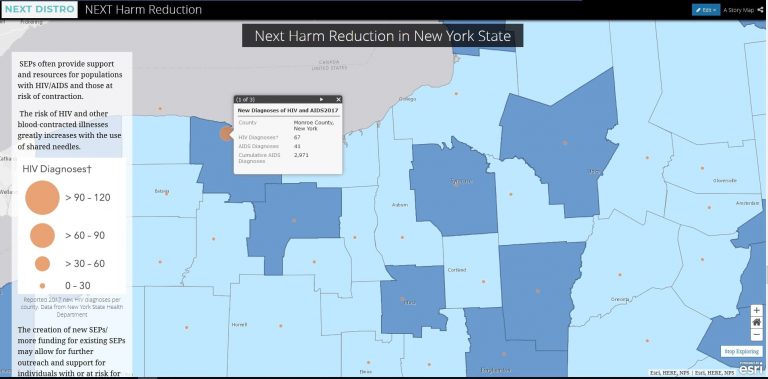
Technology to Aid Opioid Epidemic
As the nation struggles through its opioid crisis, health care organizations like NEXT Distro are using location technologies to help save lives. By knowing where to target resources, providers can reach at-risk and underserved populations. A smart map loaded with key data shows areas of need. Organizations use it to advocate for funding and policies.
Furthermore, NEXT Distro’s online community offers a safe environment to seek help. It gives people afflicted with substance use disorder a place to work through problems and locate trusted services for overcoming hurdles to recovery. While no single solution can solve the opioid crisis, technologies like GIS are helping people assess and prioritize limited resources for the greatest impact.
Learn how communities apply GIS to understand the impact of the opioid crisis and deliver services to those in need.
